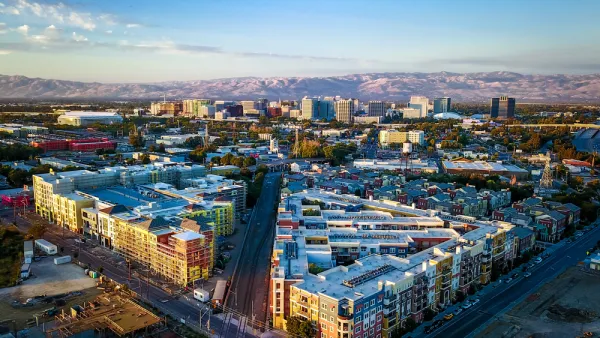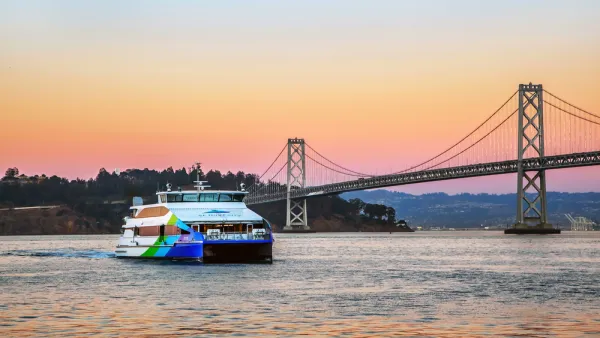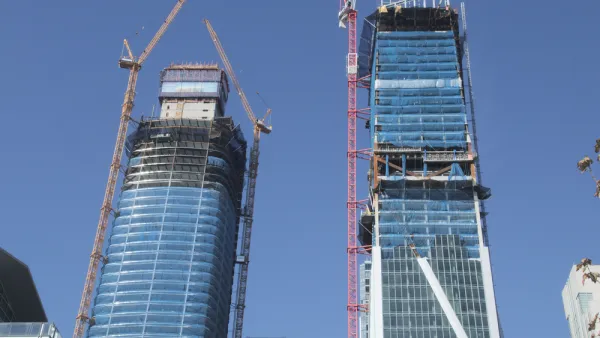Cities are becoming the new economic engines due to growing sectors in technology and knowledge production. Yet, cities must recognize with that transformation there comes not only opportunities but also new challenges.
Prior to the rise of the car and the trucking industry, cities were the best places for investment. They provided access to markets through ports, rivers, and railroads. They had large pools of unskilled labor living near factories, and they were relatively dense making business easier for firms. Significantly, capital, the cultural sociologist Zygmunt Bauman claims, was “heavy” and enmeshed in place: "Routinized time tied labor to the ground, while the massiveness of the factory buildings, the heaviness of the machinery and, last but not least, the permanently tied labor ‘bonded’ the capital. Neither capital nor labor was eager, or able, to move."
Urban centers were hubs of industry, fostering, in the words of political scientist Douglas Rae, a “civic fauna.” The rich and the poor lived close together and intermingled by participating in common civic projects. Although hardly utopias—cities struggled with public health problems, pollution, and ethnic and racial antagonism—the flow of capital through cities created jobs and a rich cultural infrastructure. But as transportation and communication technology advanced, urban investment slowed, moving away from the expensive real estate and high taxes of the city toward greener pastures in the county. As a result, many cities over the last century experienced massive unemployment and high crime as populations followed the flow of capital to middle-class enclaves in the suburbs.
Yet, today, our cities again are seeing fresh investment due to new emerging economic sectors in knowledge and technology. Instead of building factories, investments in the burgeoning knowledge economy focus on human capital, innovation, and lighter technologies. These new sectors have resulted in job growth in software and pharmaceutical development, biotech, digital entertainment, and financial innovation, among other fields.
FULL STORY: Why the New Flows of Capital Matter for Cities

National Parks Layoffs Will Cause Communities to Lose Billions
Thousands of essential park workers were laid off this week, just before the busy spring break season.

Retro-silient?: America’s First “Eco-burb,” The Woodlands Turns 50
A master-planned community north of Houston offers lessons on green infrastructure and resilient design, but falls short of its founder’s lofty affordability and walkability goals.

Delivering for America Plan Will Downgrade Mail Service in at Least 49.5 Percent of Zip Codes
Republican and Democrat lawmakers criticize the plan for its disproportionate negative impact on rural communities.

Test News Post 1
This is a summary

Test News Headline 46
Test for the image on the front page.

Balancing Bombs and Butterflies: How the National Guard Protects a Rare Species
The National Guard at Fort Indiantown Gap uses GIS technology and land management strategies to balance military training with conservation efforts, ensuring the survival of the rare eastern regal fritillary butterfly.
Urban Design for Planners 1: Software Tools
This six-course series explores essential urban design concepts using open source software and equips planners with the tools they need to participate fully in the urban design process.
Planning for Universal Design
Learn the tools for implementing Universal Design in planning regulations.
EMC Planning Group, Inc.
Planetizen
Planetizen
Mpact (formerly Rail~Volution)
Great Falls Development Authority, Inc.
HUDs Office of Policy Development and Research
NYU Wagner Graduate School of Public Service





























